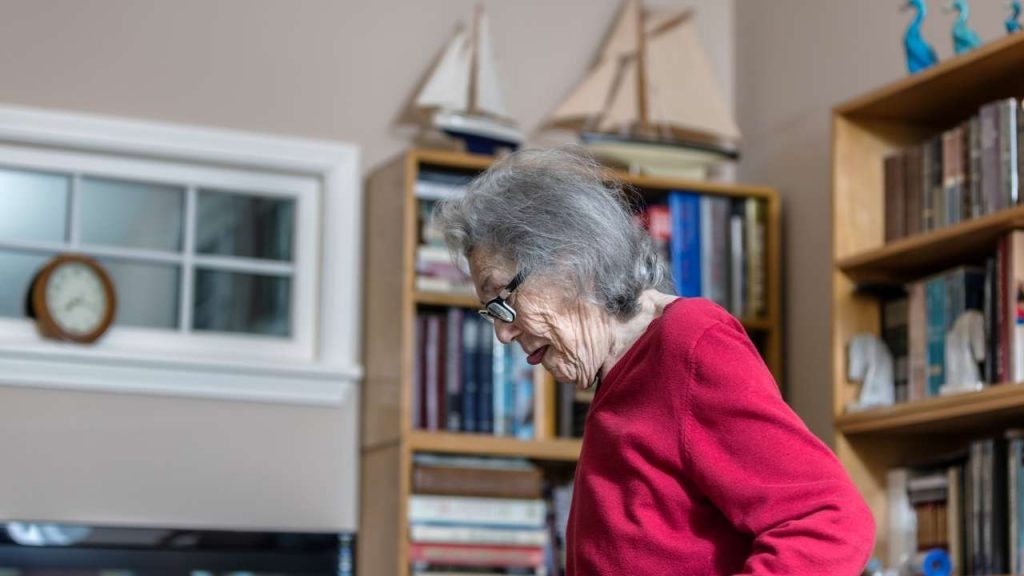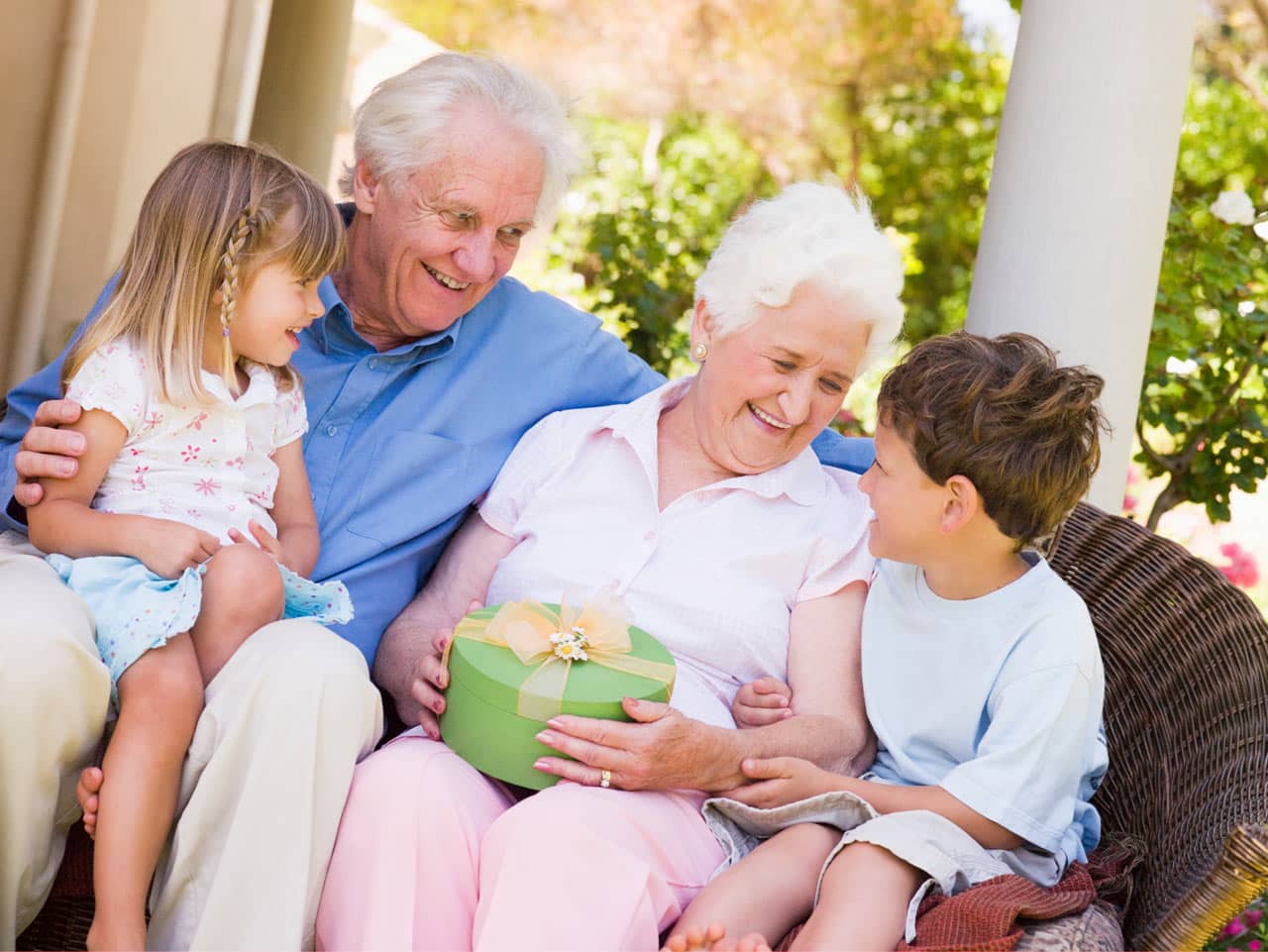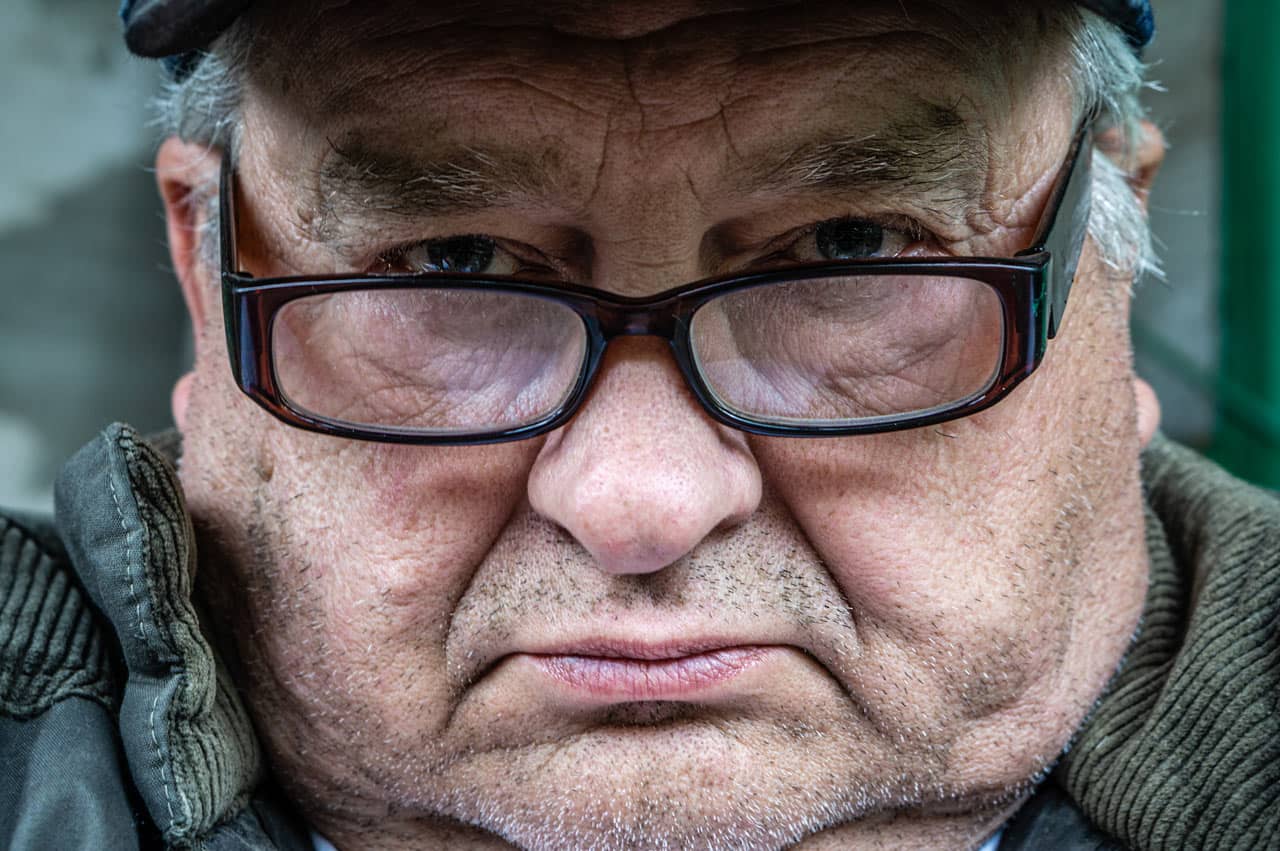Home Safety & Supports for Dementia Patients.
What are the guiding principles for dementia home safety?
Optimizing the home for aging in place focuses on home modifications. This means making structural changes to improve access and safety in bathrooms, entrances, steps, kitchens, and hallways, for example. Installation of light switches at proper heights, easy to read smoke detectors, and backup systems for security. We aim to ensure life safety, prevent falls and improve ease of activities so the senior can enjoy quality of life even if his abilities and mobility are restricted.
However, there are additional concerns when it comes to adults suffering from dementia. There are additional factors to consider as the disease’s effect on mind and body influence judgment, a sense of time and place, behavior, physical ability, and the senses. From forgetting how to use household appliances to getting lost on one’s own street to becoming easily suspicious, to having trouble with balance, and experiencing depth perception issues, there are additional safety hazards.
Optimizing Safety and Support
Nonetheless, we can improve the home in ways that are both safe and supportive. The environment can be modified to satisfy a dementia patient’s need for social interaction as well as meaningful activity of his choice. The home should not feel too restrictive and should encourage independence and socialization.
Creating areas for particularly enjoyable pastimes and creative activities is both stimulating and safe. If the individual enjoyed playing rummikub with friends, a table can be cleared in a well-lit corner of the living room with the game box placed there permanently and newspapers, cords, and detritus cleared away. A friend can come over and the pair can play the game together, a social and safe activity if done this way. Similarly, a puzzle station can be set up or a hobby station for the person’s scrapbooking materials. By locating a permanent safe place for the activity with the supplies at hand, the individual can easily remember to do the activity because of the visual stimulation.
Two principles will guide family members and caregivers in creating an Alzheimer’s-safe home.
Regular Reassessment
The first is to assess and reassess regularly. Abilities vary greatly among people with dementia and can disappear suddenly. Look for disorientation-the inability of the senior to correctly identify who he is, where he is, the time of year, and the date. Disorientation may be caused by medication, neurological conditions, or medical issues and may not be permanent. Look for alertness, the senior’s level of arousal and ability to stay awake. Several things can also cause this. And of course, do pay attention to changes in memory.
Take regular tours in the home and look at it from the patient’s point of view. Certain areas of the home may present hazards, especially garages, workrooms, basements, and patios where there will likely be tools, chemicals, cleaning supplies, and other things that require supervision.
Check entrances indoors and outdoors, too, from your patient’s perspective. Keep walkways well lit and install locks out of sight or reach so that the person will find it difficult to wander out of the house. Keeping an extra set of keys hidden near the door for easy access. Make sure that locks on bedroom and bathroom doors are removed so that the person cannot be locked inside.

Improving laundry room safety may be necessary. Laundry detergent pods are poisonous yet they may seem like food. Post the poison control number in the same places near all phones where you keep emergency numbers for the doctor, family members, and more.
Check the refrigerator and the pantry for expired, moldy, and unsafe foods.
You may need to remove controls on the stove, oven, washing machine and dryer. It depends on your senior’s level of orientation, alertness, and memory. There is more to consider.
The Five Senses
People with Alzheimer’s disease may not smell, see, touch, hear and/or taste things the way they used to. The senses do work but the brain may no longer be able to interpret accurately what is smelled, seen, touched, heard, and/or tasted. Depth and perception may be different now. These changes cause safety concerns.
A mirror, for example, may be confusing for a dementia patient. Highly patterned drapes or carpets may be scary, too. The patient may see snakes where we see a pleasing pattern. Marking the edge of steps with tape as a visual reminder is a good idea. Using contrasting colors to emphasize the difference between dishes and placemats for easy identification. Taking away small refrigerator magnets that look like food may be necessary when you worry about ingesting nonfood items.
Reading is not lost until the late stage of Alzheimer’s is reached. So placing signs with simple instructions to indicate danger or where to go is advisable. Labelling the many doors in a home with a long corridor with several rooms off it will help. Knowing that one is a bathroom and the other is a bedroom will restore a sense of independence to the senior. There is nothing as degrading as not knowing where to go. It’s a good idea to label faucets with hot and cold signs near them.
Keep touring the home with the various sensory abilities of the individual in mind. You will see what needs to be done with hot water temperature, nightlights, padding sharp corners on furniture, and appliances such as toasters and irons. Not everything will need to be changed at once. Regular evaluations need to be made as behavior and abilities change.
Danger Zones
The second guiding principle is creating a danger zone. This means dedicating a special area for unsafe items. People with dementia forget the purpose of things and how to use them correctly. They may operate something unsafely or ingest other items thinking they are food.
Turn a big cabinet, outdoor shed, closet or workroom into a locked danger zone. Put cleaning products, mothballs, bleach insecticide, power and hand tools, sharp knives, scissors, box cutters, blades, alcohol, turpentine, paint, dye, and stains there. Kitchen appliances may be placed in kitchen cabinets with locks.
Minimizing danger includes keeping all medications, both prescription and over the counter), in a safe area. All unused electrical outlets should get childproof plugs at appropriate times.
As the dementia develops further, care must be taken with matches, lighters, alcohol, and plastic bags. Plants in the home should be checked for the possibility of poisoning. The curiosity of the patient is important to track. If a person is curious, he may be interested in trying something out and touching it. For example, the combination of gas, water, and fish and plants in a fish tank may be a risk for someone like this.
In each area of the home, the two guiding principles will help you insure safe support of your senior, regardless of dementia level. Assess and prevent danger in the bedrooms, bathrooms, laundry room, living room, kitchen , garage, and entry ways to the home. The job is ongoing.
Read also – Safety Tips to Living with Dementia






